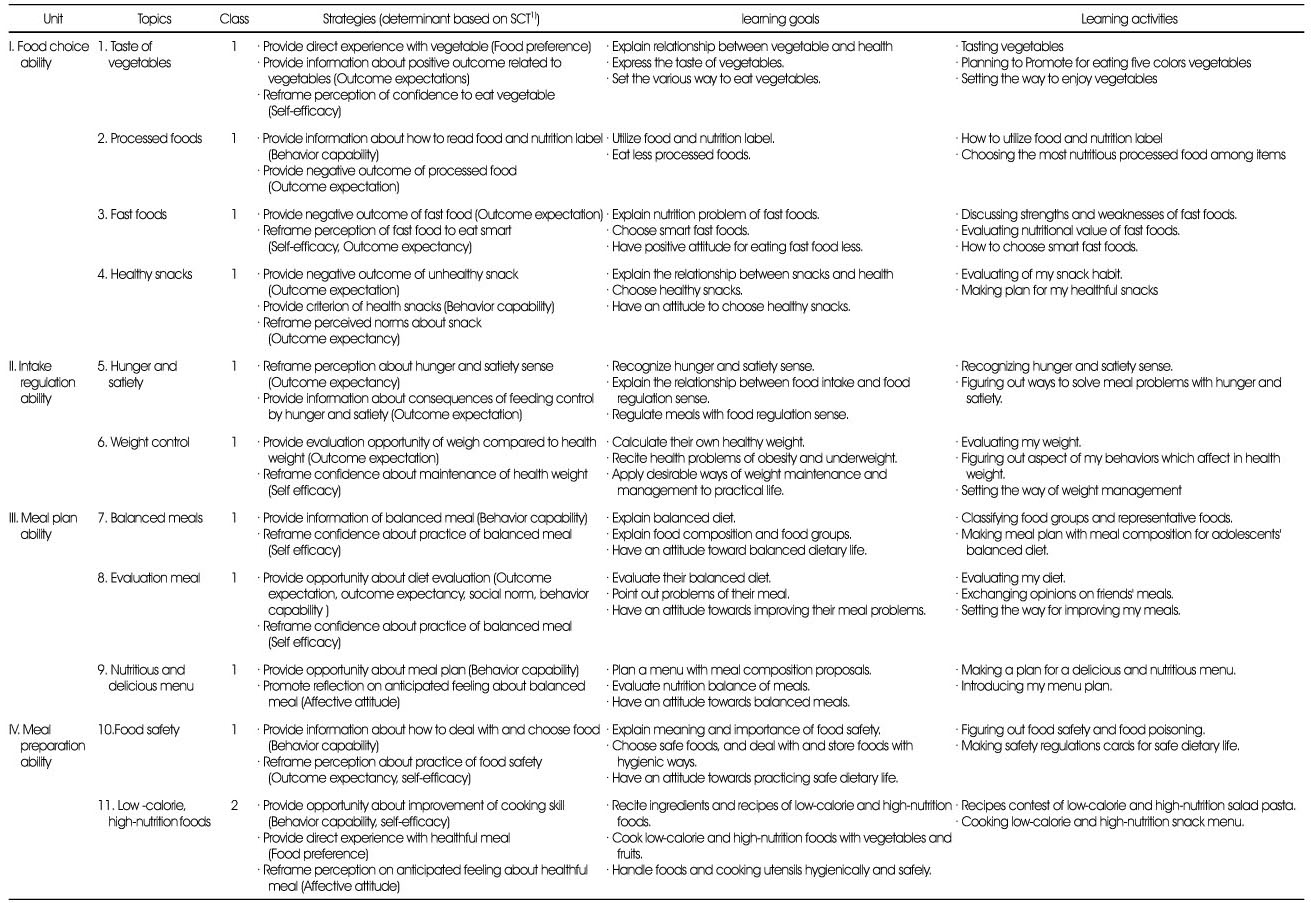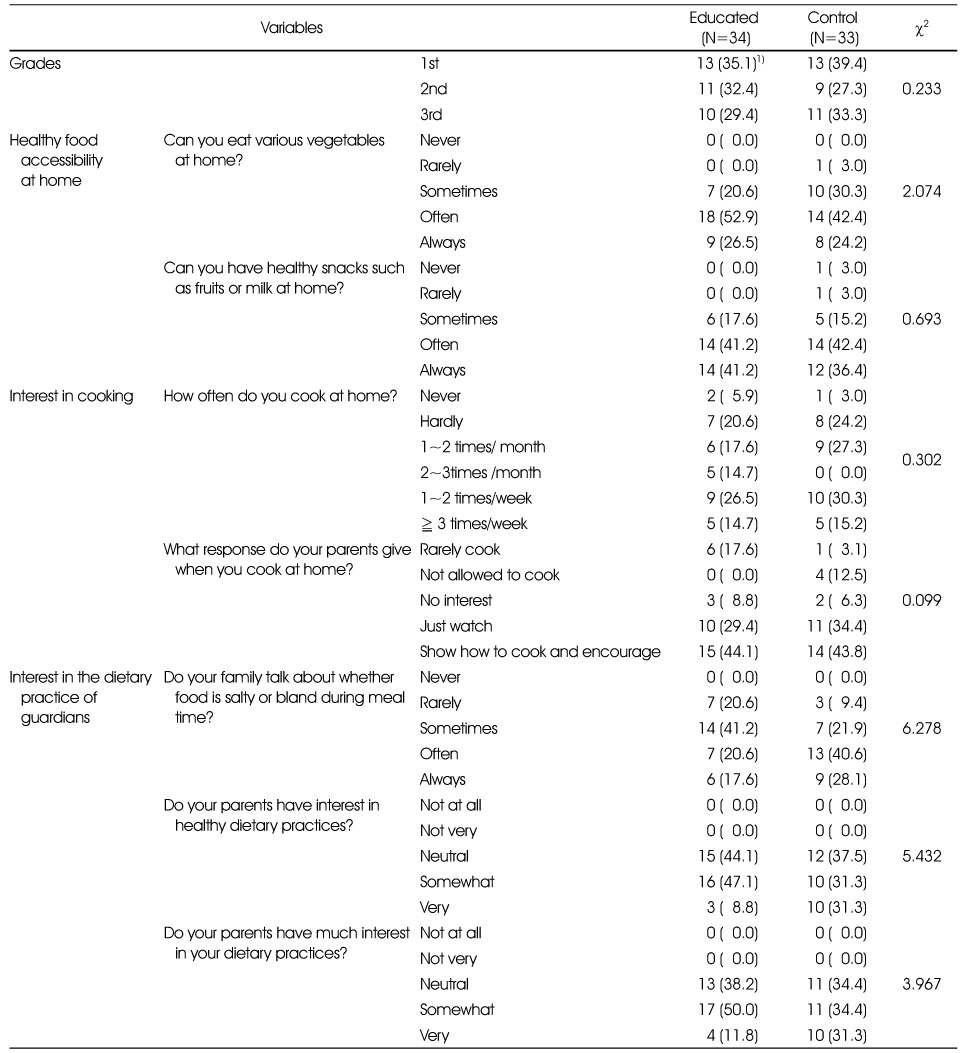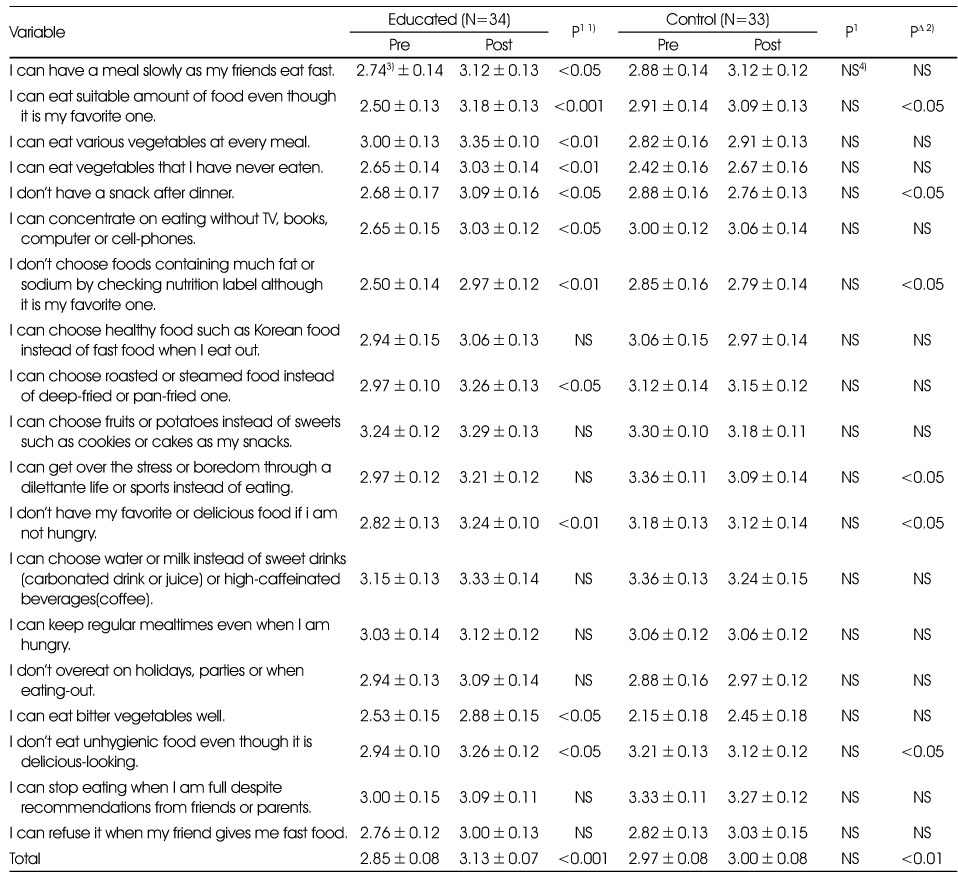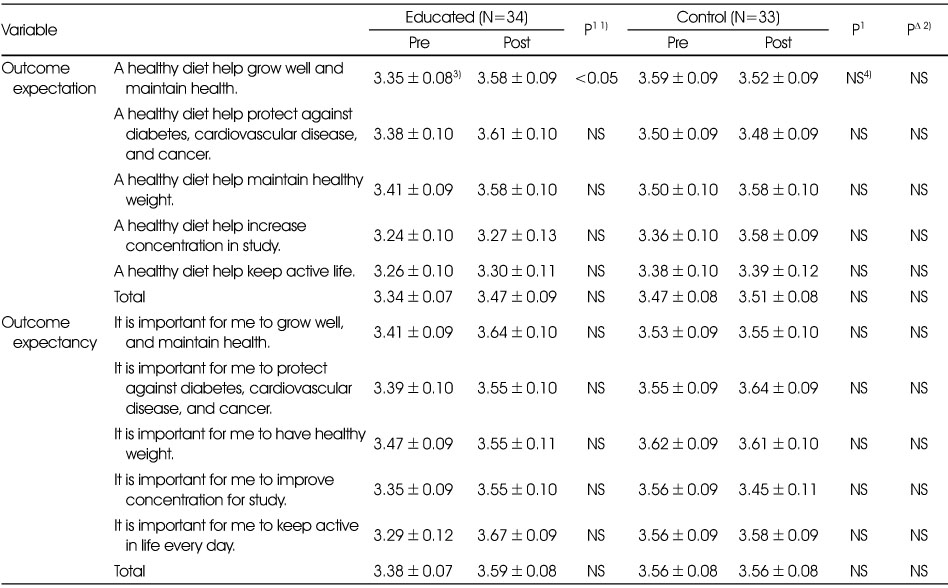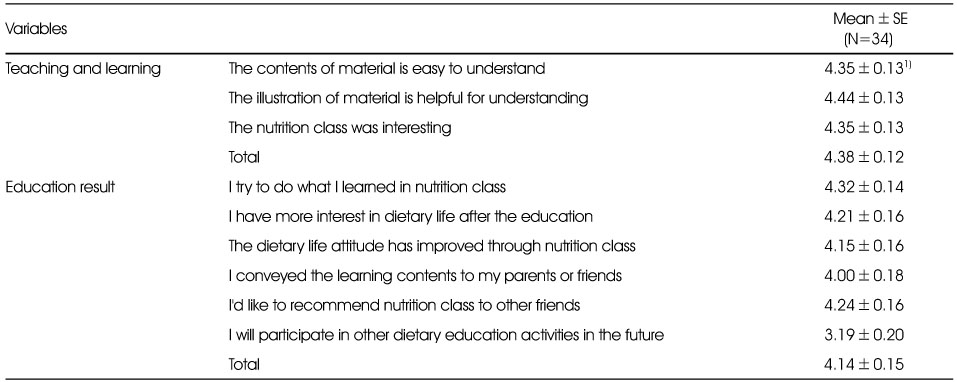References
1. Lee KH, Kim GW, Lee YK, Lee SM, Son SM. Nutrition education and counselling 3rd edth ed. Seoul: Life Science Publishing Co.; 2015. p. 22. p. 27. p. 275. p. 353.
2. Ministry of Health and Welfare & Korea Centers for Disease Control and Prevention. Korea National Health and Nutrition Examinatio n Survey (KNHANES VI-2) [Internet] Korea Health Statistics; 2015. [cited 2016 Nov 9]. Available from:
http://knhanes.cdc.go.kr.
3. Korea Centers for Disease Control and Prevention. The 11th Korea Youth Risk Behavior Web-based Survey 2015. [cited 2016 Nov 9]. Available from:
http://yhs.cdc.go.kr.
4. Han MR, Lim JH, Song YJ. The effect of high-carbohydrate diet and low-fat diet for the risk factors of metabolic syndrome in Korean adolescents: Using the Korean National Health and Nutrition Examination Surveys (KNHANES) 1998-2009. J Nutr Health 2014;47(3):186–192.
5. Lee YA, Shin CH, Lim JS. Measures against pediatric metabolic syndrome. J Korean Med Assoc 2010;53(5):392–406.
6. Moon SM. Educational psychology Paju: Yangseowon; 2014. p. 161–166.
7. Han SY. A study of relationship among physical symptoms, mental health according to stress factors of middle school students. J Korea Acad Ind Coop Soc 2012;13(12):5800–5807.
8. Jeong IG, Nam GO, Kim JH. The effects of academic stress on dietary behavior in junior high school students. Korean Educ Inq 2012;30(3):125–143.
9. Truswell AS, Darnton-Hill I. Food habits of adolescents. Nutr Rev 1981;39(2):73–88.
11. Kang YH, Yang IS, Kim HY, Lee HY. Identifying the subjects of nutrition education for junior and senior high school students. Korean J Nutr 2004;37(10):938–945.
12. Lee KH, Lee KA, Lee SM, Woo TJ. Evaluation of dietary education's effect on dietary awareness and practices in adolescents. Ministry of Food and Drug Safety Research report 2014. Report No. 14162MFDS130.
13. Son SM, Lee KH, Kim KW, Lee YK. Nutrition education and counselling th ed. Seoul: Life Science Publishing Co.; 2009. p. 49–50.
14. Dewar DL, Lubans DR, Plotnikoff RC, Morgan PJ. Development and evaluation of social cognitive measures related to adolescent dietary behaviors. Int J Behav Nutr Phys Act 2012;9:36.
15. Woo T, Lee KH. Effects of sensory education based on classroom activities for lower grade school children. Nutr Res Pract 2013;7(4):336–341.
16. Contento IR. Nutrition education linking research, theory, and practice 3rd edth ed. MA: Jones & Bartlett Learning; 2015. p. 13p. 138–139.
p. 177–179.
p. 310–331.
17. Lee JS, Yun JW. A study on perception about body image, dietary attitude, dietary self-efficacy and nutrient intake of high school students in Busan. J Korean Soc Food Sci Nutr 2003;32(2):295–301.
18. Suh Y, Chung Y. Comparison of mineral and vitamin intakes according to the stage of change in fruit and vegetable intake for elementary school students in Chungnam province. Korean J Nutr 2008;41(7):658–666.
19. Granner ML, Evans AE. Measurement properties of psychosocial and environmental measures associated with fruit and vegetable intake among middle school adolescents. J Nutr Educ Behav 2012;44(1):2–11.
20. Woo TJ, Lee HJ, Lee KA, Lee SM, Lee KH. Gender differences in adolescents' dietary perceptions and practices. Korean J Community Nutr 2016;21(2):165–177.
21. Yu NH, Kim MJ, Han JS. A study on the food intake frequency, dietary habits and nutrition knowledge of middle school students who like sweets in Busan. J Korean Soc Food Sci Nutr 2007;36(6):735–744.
22. Kim JS, Kim YN. Body perception, dietary attitude and selfesteem in middle school boys and girls. J Korean Home Econ Educ Assoc 2009;21(2):123–139.
23. Molaison EF, Connell CL, Stuff JE, Yadrick MK, Bogle M. Influences on fruit and vegetable consumption by low-income black American adolescents. J Nutr Educ Behav 2005;37(5):246–251.
24. Kwon MS, Cho HR, Park DJ. A comparison between Seoul and Gangwon-do in elementary students' eating habits and their mothers' parenting attitude toward eating habits. Korean J Health Educ Promot 2013;30(5):101–112.

